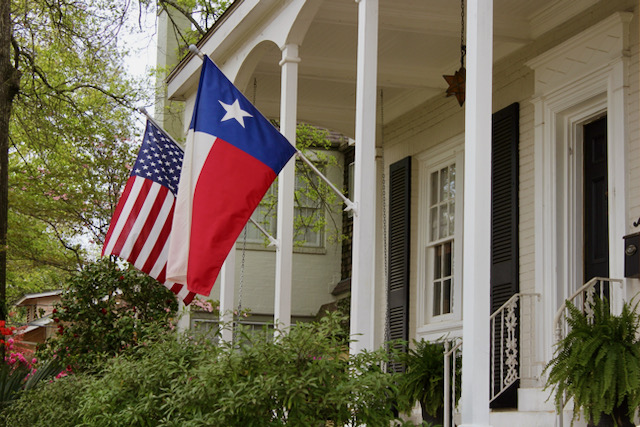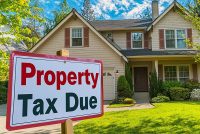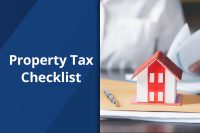How Do I File For Homestead Exemption?
As a Texas homeowner, you can save thousands of dollars on your property taxes by taking advantage of the homestead exemption. An exemption removes part of the value of your property from taxation and lowers your taxes. For example, if your home is valued at $100,000 and you qualify for a $25,000 exemption, you pay taxes on your home as if it was worth just $75,000. Whether you’re a first time homeowner in Texas, or maybe you just haven’t paid much attention to exemption opportunities in the past, you’ll want to take note of this one. Here’s some information in a nutshell on the homestead exemption, how to qualify and how to file.

Homestead Explained
Homestead is a general exemption intended for Texas homeowners whose property is considered their primary residence. That’s about all it takes to qualify. An applicant is required to state that he/she does not claim an exemption on another residence homestead in or outside of Texas.
Homestead requires school districts to offer a $25,000 exemption on residence homesteads. Plus, it allows any taxing unit the option to decide locally to offer a separate residence homestead exemption of up 20% of a property’s appraised value. This local option exemption can’t be less than $5,000.
Also, Texas counties that collect farm-to-market or flood control taxes are required to offer a $3,000 residence homestead exemption.
Homestead Cap is an extra benefit of the general homestead exemption. The “Cap” limits increase in appraised values for homestead properties. The Homestead Cap applies to your homestead the second year that you have a homestead exemption. If you qualify, your taxes calculated on the appraised value cannot exceed the lesser of: the year’s market value or last year’s appraised value (plus 10%, plus the value of any improvements made the preceding year).
How To File
To file for the $25,000 general homestead exemption, you will need to submit an application and the required documents with the appraisal district where the property is located. You will need a Texas drivers license or state issued ID that matches the address of the property. The completed application is due no later than April 30th of the tax year for which you’re applying. Once you’ve received the exemption, you don’t need to reapply unless the appraiser sends you a new application stating that you have to file again.
For more information and specific tax codes go to: https://comptroller.texas.gov/taxes/property-tax/exemptions/ and click on Residence Homestead.
For assistance with the homestead exemption, contact the tax advisors at Gill, Denson & Company. While our team cannot file exemptions on your behalf, we strive to guide you in the right direction as you work with the appraisal district. Contact Gill, Denson & Company for more information.









